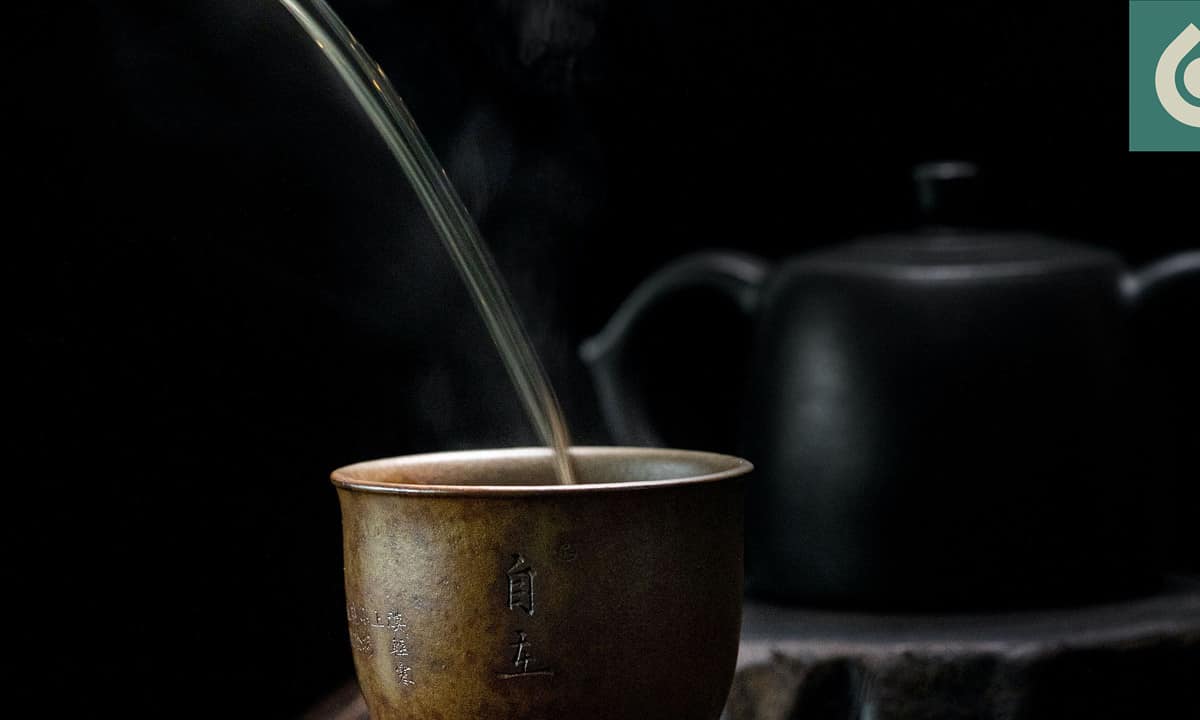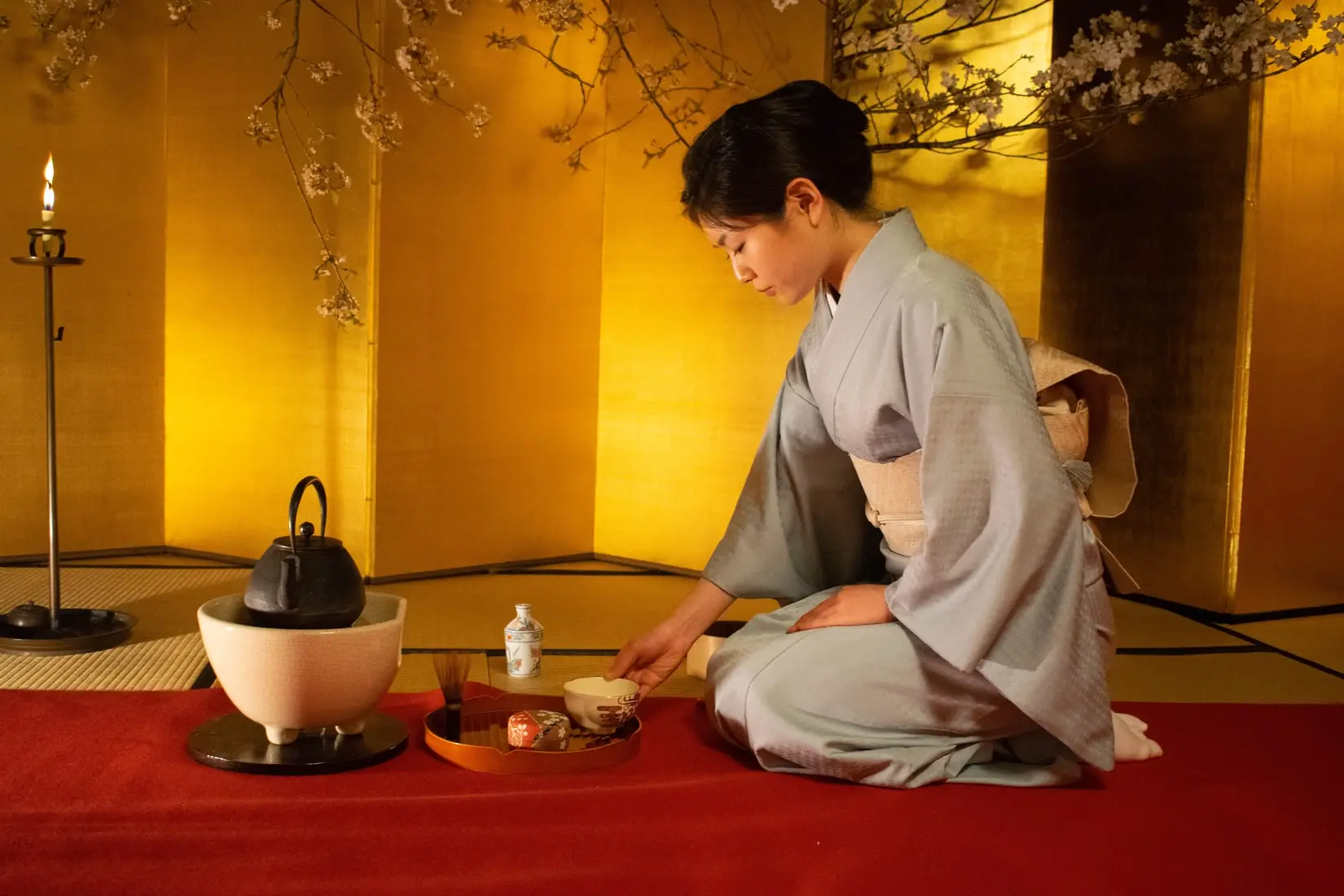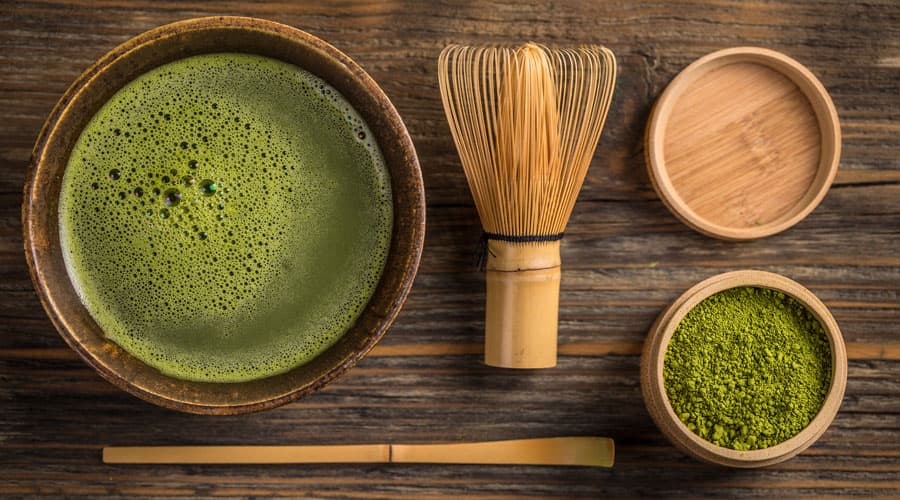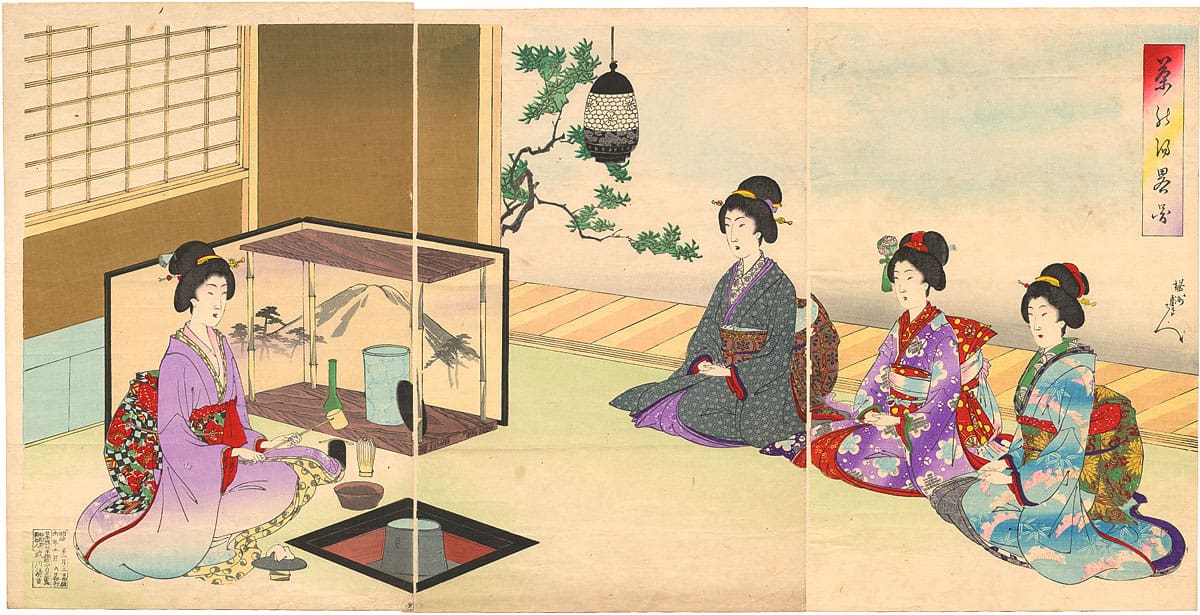A Guide to Understanding the Rituals and History of Japanese Tea
Japanese tea culture, known as Chanoyu or the “way of tea,” is a deeply rooted tradition that has been practiced for centuries. It’s not just about drinking tea, but also about the art, history, and social etiquette that come with it. From the preparation of the tea to the way it’s served and enjoyed, Japanese tea culture is an intricate and fascinating practice that continues to capture the hearts of people all over the world.
In this article, we’ll explore the rituals, history, and practices of Japanese tea culture, so you can gain a better understanding and appreciation of this beautiful tradition.
The History of Japanese Tea Culture
The roots of Japanese tea culture can be traced back to China, where tea was first introduced during the Tang Dynasty (618-907 AD). In the 12th century, a Japanese monk named Eisai brought tea seeds and the tea culture to Japan, where it began to take on a life of its own.
Over the centuries, tea became a symbol of wealth and status in Japan, and the art of tea ceremony began to evolve. It wasn’t until the 16th century, however, that the tea ceremony as we know it today began to take shape.
The tea ceremony, or Chanoyu, was first popularized by a man named Sen no Rikyu. Rikyu believed that the tea ceremony was not just about drinking tea, but also about creating an environment of harmony, respect, and tranquility. He emphasized simplicity and minimalism, which has become a hallmark of Japanese tea culture to this day.
The Evolvement of Japanese Tea Culture
Tea culture has been an important part of Japanese society for centuries, and it has evolved over time through the influence of different dynasties. Here’s a brief overview of the different Japanese tea cultures in different Japanese dynasties:
- Heian Period (794-1185): During this period, tea was primarily consumed by the aristocracy as a luxury item. Tea drinking was associated with elegance, refinement, and sophistication. The powdered green tea known as matcha was introduced during this period, and it was consumed in small amounts as a form of medicine.
- Kamakura Period (1185-1333): During this period, Zen Buddhism began to influence Japanese tea culture. The tea ceremony, or chanoyu, was developed as a way to promote mindfulness, simplicity, and harmony. The tea master Eisai introduced the concept of tea as a form of meditation, and tea was used to promote mental clarity and enlightenment.
- Muromachi Period (1336-1573): During this period, the tea ceremony became more formalized and developed into a distinct art form. Tea masters such as Sen no Rikyu emphasized the importance of simplicity, humility, and respect in the tea ceremony. Tea rooms were designed to create a sense of tranquility and harmony, and utensils such as tea bowls and tea scoops were carefully chosen for their aesthetic qualities.
- Edo Period (1603-1868): During this period, the tea ceremony became more accessible to the general population. Tea houses and tea gardens were built throughout Japan, and tea became an important part of everyday life. The tea master Kobori Enshu developed the concept of wabi-sabi, which emphasizes the beauty of imperfection and simplicity.
- Meiji Period (1868-1912): During this period, Japan opened up to the world and began to adopt Western customs and traditions. Tea drinking became less popular among the younger generation, and the tea ceremony was seen as old-fashioned and outdated. However, tea remained an important part of Japanese culture, and efforts were made to preserve and promote the tea ceremony.
Today, Japanese tea culture continues to evolve and adapt to changing social and cultural norms. The tea ceremony remains an important part of Japanese society, and there is a growing interest in tea among younger generations. Matcha has also gained popularity around the world as a healthy and trendy beverage.
The Rituals
There are many rituals involved in Japanese tea culture, each with its own significance and meaning. Here are some of the most important ones:
The Preparation of the Tea
The preparation of the tea is an important part of Japanese tea culture. The tea is typically prepared by a host, or tea master, who carefully selects the tea leaves and prepares them in a special tea room. The tea is then served to guests in small cups, with each cup representing a moment of shared harmony and respect.
The Tea Room
The tea room, or chashitsu, is a small, simple space that is designed to create a sense of calm and tranquility. The room is typically decorated with minimal furnishings, such as a hanging scroll or flower arrangement, and the host will often perform a cleansing ritual before the tea ceremony begins.
The Tea Utensils
The tea utensils used in Japanese tea culture are carefully selected and prized for their beauty and craftsmanship. Each utensil, from the tea bowl to the tea scoop, has its own unique meaning and purpose, and is often handmade by skilled artisans.
The Tea Ceremony
The tea ceremony itself is a carefully choreographed event that is meant to evoke a sense of peace and tranquility. The ceremony typically lasts around four hours, during which guests will be served several cups of tea and snacks. The host will carefully prepare each cup of tea, and guests are expected to observe the customs and rituals of Japanese tea culture throughout the ceremony.
Types of Japanese Tea
There are several types of Japanese tea, each with their own unique characteristics and production methods. Here are a few of the most popular:
- Sencha: This is the most common type of Japanese tea and is made from the first or second flush of leaves. It has a grassy, vegetal flavor and a refreshing aroma.
- Matcha: This is a powdered tea that is made from shade-grown tea leaves. It has a rich, creamy flavor and is used in traditional Japanese tea ceremonies.
- Genmaicha: This is a blend of green tea and roasted brown rice. It has a nutty, toasty flavor and is often served with meals.
- Hojicha: This is a roasted green tea that has a smoky, nutty flavor. It is often served in the evening as it is lower in caffeine.
Japanese Tea Ceremonies
One of the most famous aspects of Japanese tea culture is the tea ceremony, also known as Chanoyu or Sado. This is a ritualized way of preparing and serving matcha tea, which has been practiced in Japan for over 400 years.
The tea ceremony involves several intricate steps, including the preparation of the tea utensils, the whisking of the matcha powder, and the serving of the tea to the guests. It is seen as a form of meditation and a way to cultivate a sense of harmony and tranquility.
In addition to the formal tea ceremony, there are also more casual ways of enjoying tea in Japan. For example, many people in Japan drink sencha or genmaicha on a daily basis, often as a way to relax and unwind.
Health Benefits of Japanese Tea
Japanese tea is known for its many health benefits. Here are a few of the most notable:
- Rich in antioxidants: Japanese green tea is particularly high in catechins, a type of antioxidant that has been shown to have numerous health benefits.
- Promotes relaxation: The amino acid L-theanine, which is found in high concentrations in matcha tea, has been shown to promote relaxation and reduce stress.
- Boosts metabolism: Some studies have suggested that drinking green tea can help boost the metabolism and promote weight loss.
- Supports heart health: Green tea has been shown to have a positive effect on several risk factors for heart disease, including high blood pressure and cholesterol levels.
Conclusion:
Japanese tea culture is a fascinating and rich tradition that has been practiced for centuries. From the intricate tea ceremonies to the everyday enjoyment of sencha and genmaicha, tea plays an important role in Japanese life.
Whether you are looking to experience the meditative qualities of the tea ceremony or simply enjoy a cup of green tea for its health benefits, there is something for everyone in the world of Japanese tea.
Originally posted 2023-05-06 11:36:54.





Interesting reads! Love it.
@Kemasan: Thanks for loving it. Please share to your friends.